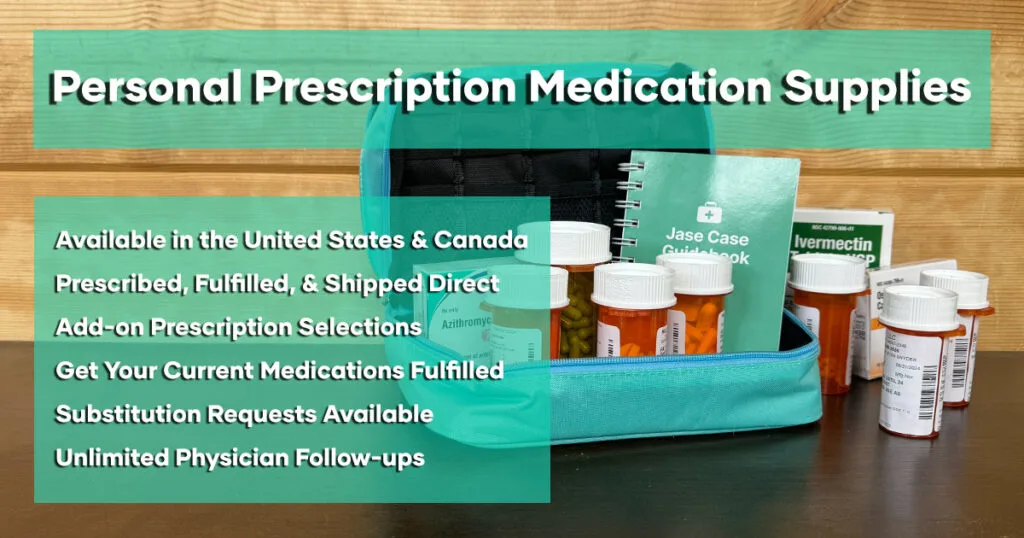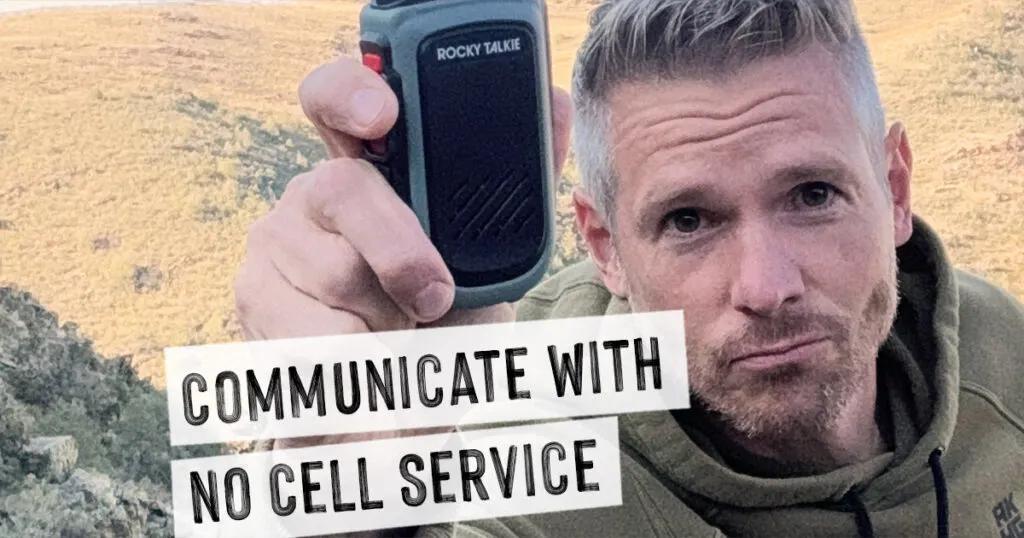Ensure flood preparedness with essential survival supplies, from water filters to generators. Learn about key items needed for safety, warmth, and comfort during flood recovery efforts.

Water Filters/Purification
After a flood, access to clean drinking water becomes the most critical need. Floodwaters are often contaminated with harmful bacteria, sewage, chemicals, and debris, which can lead to serious health problems like cholera, dysentery, and gastrointestinal diseases. Providing water filters or purification tablets ensures that people can safely consume water and avoid these risks. Whether through portable water filtration systems or simple purification tablets, this is the first line of defense against waterborne illnesses in disaster areas.
Check out: Water Purification Methods

For long-term (storage) and effective water purification after a flood, calcium hypochlorite is an effective alternative to liquid bleach. Unlike bleach, which loses potency over time, calcium hypochlorite (commonly used in pool treatments) can be stored as a solid powder and mixed with water when needed to create a potent disinfectant solution. This solution can be used to purify large quantities of water for drinking over an extended period.
Check out: DIY Bleach w/ Calcium Hypochlorite

Non-Perishable Food Items
Food is essential for survival, especially during emergencies when access to cooking facilities or fresh groceries is limited. Non-perishable food items, such as canned goods, protein bars, and ready-to-eat meals, provide a reliable source of nutrition for those displaced by flooding. These items can be stored for long periods and require minimal preparation, ensuring that people have access to sustenance while recovering from the disaster.
Check out: Food Storage Essentials for Emergency Preparedness (on Amazon)
Prescription Medications and Antibiotics
In flood-affected areas, medical conditions can quickly worsen if prescription medications are unavailable. It’s important to ensure that people have access to their regular medications, including antibiotics for infection prevention and treatment. Floodwaters expose individuals to bacteria and other pathogens, increasing the risk of infections. Having antibiotics on hand can help prevent minor injuries from becoming life-threatening.
You can order online (ready when you need it) – Check out: Personal Prescription Medication Supplies

Portable Phone Chargers
Communication is vital in disaster situations. When the power goes out, keeping phones charged is essential for staying connected with loved ones, emergency services, and updates on the recovery process. Portable phone chargers, especially solar-powered or high-capacity battery packs, provide a means to charge devices and ensure that communication lines remain open.
Check out: Anker Portable Power Bank (Solar Charge)
Generators
Generators provide essential backup power during outages, enabling people to run critical appliances such as refrigerators, medical devices, and lights. In disaster recovery efforts, generators also power cleanup tools, helping to restore normalcy faster. Having access to power allows people to charge devices, maintain some comfort, and keep their food and medicine properly stored.
Check out: Portable Generators
Warm Clothing, Socks, and Underwear
Flooding often leads to prolonged exposure to cold and wet environments, which can cause hypothermia or other cold-related illnesses. Providing dry, warm clothing, including socks and underwear, is essential for protecting against the elements and maintaining hygiene. These items are also necessary for people staying in shelters where access to laundry facilities may be limited.
Blankets and Sleeping Bags
Warm blankets and sleeping bags are crucial for those displaced from their homes or living without heat. These items provide warmth and comfort, especially in shelters or temporary housing situations where heating may be inadequate. Offering quality sleep protection also helps reduce the risk of cold-related health issues.
First-Aid Kits
Flooding increases the risk of injuries, from minor cuts and scrapes to more serious wounds caused by debris. A well-stocked first-aid kit with bandages, antiseptics, and basic medical supplies allows people to treat minor injuries, reducing the chances of infection. Quick access to first-aid materials can be lifesaving in situations where medical care is delayed.
Check out: Elevate Your Preparedness: Building a High-Quality Personal Medical Kit
Flashlights and Batteries
In the aftermath of a flood, power outages can last for days or even weeks. Flashlights and extra batteries provide critical lighting in darkened homes, shelters, and streets, ensuring safety and visibility. Reliable lighting is essential for navigating through damaged areas and for night-time recovery work.
Check out: Flashlights I Like
Camp Stove and Propane
With the potential for extended power outages, a camp stove allows people to prepare meals and boil water for sanitation. Propane-powered stoves offer a portable, reliable cooking solution, especially when traditional gas or electric appliances are unusable. These stoves are also easy to transport, making them ideal for use in temporary shelters or camps.
Check out: Propane Tools
Fuel Cans
Fuel is essential for running generators and other equipment during recovery efforts. Gasoline or diesel fuel can power everything from vehicles to tools needed for cleanup. Providing fuel cans ensures that those with generators can maintain their power supply or access transportation when roadways are cleared.
I personally like Jerry Cans
Space Heaters
Space heaters provide critical warmth in homes, shelters, or temporary housing when central heating systems are unavailable due to flooding. These portable heaters can help maintain comfortable indoor temperatures, especially during colder months or nights, reducing the risk of hypothermia.
Check out: Propane Heater Suggestion
Shovels, Saws, Tools
After the floodwaters recede, many areas will require significant cleanup. Shovels and other basic tools, such as hammers, saws, and chainsaws, allow people to begin clearing debris, repairing minor damage, and restoring their homes. Chainsaws are particularly useful for cutting through fallen trees, large branches, and other heavy debris that may block roads or damage property. Saws, both hand and power varieties, help with cutting materials for repairs. Having access to these essential tools speeds up the recovery process and empowers individuals to take action in restoring their property and clearing pathways quickly.
GMRS Radios
In the aftermath of a flood, communication can become a critical challenge due to power outages, damaged infrastructure, or overloaded cellular networks. General Mobile Radio Service (GMRS) radios provide an effective solution for staying connected with family, neighbors, or emergency personnel in these situations. GMRS radios have a longer range than traditional walkie-talkies, with some capable of reaching up to several miles, depending on terrain and conditions. They can be especially useful for coordinating rescue efforts, reporting hazards, or maintaining communication with isolated communities.
Additionally, GMRS radios are relatively easy to use and require minimal setup, making them accessible for a wide range of users. Equipped with multiple channels, these radios allow for clear and uninterrupted communication, even in busy emergency zones. Having GMRS radios on hand ensures a reliable form of communication when conventional systems fail, making them an essential tool for disaster recovery and survival.
Check out: How to Communicate with NO Cell Service or Internet (GMRS Recommendations)

Extension Cords
Extension cords become important when using generators or powering multiple devices from limited outlets. They allow for greater flexibility in distributing electricity to essential appliances, tools, or heaters during recovery efforts. Heavy-duty, weather-resistant extension cords are especially useful for outdoor work in disaster zones.
Towels
Towels are essential for staying dry and maintaining hygiene, especially after wading through floodwaters. Quick-drying microfiber towels are particularly useful, as they dry fast and resist mildew, providing warmth and comfort in challenging environments.
Waterproof Boots
Floodwaters carry contaminants, debris, and sharp objects that can cause injury or infection. Waterproof boots protect people as they move through flooded areas, keeping their feet dry and preventing exposure to hazardous materials. High-quality boots are essential for rescue and recovery efforts in wet conditions.
Tarps and Plastic Sheeting
Tarps and plastic sheeting provide temporary shelter and protection from the elements. They can cover damaged roofs, windows, or belongings that need to be shielded from rain or wind. These materials are also useful for creating makeshift shelters for displaced people or protecting critical supplies from further damage.
Disposable Gloves and Masks
During cleanup efforts, people can be exposed to hazardous materials such as mold, chemicals, and sewage. Disposable gloves and masks help protect individuals from coming into contact with dangerous substances, ensuring that they can safely clean up their homes and communities after the flood. These protective items are also important for preventing respiratory illnesses caused by mold exposure.
Expert Protection: MIRA Safety EVAKPAK Plus Kit: Comprehensive Respiratory Protection

Bug Spray
Flooding often leads to stagnant water, which becomes a breeding ground for mosquitoes and other insects. This can increase the risk of insect-borne diseases such as West Nile Virus or Zika. Having bug spray on hand is essential for personal protection during recovery efforts. Repellents containing DEET, Picaridin, or oil of lemon eucalyptus are effective at keeping insects away and reducing the chances of bites and disease transmission.
Bug spray can be particularly useful for those working outside in areas affected by floodwaters, as well as for people staying in shelters or areas with minimal infrastructure. Ensuring that bug spray is part of your emergency kit helps protect against the discomfort and potential health risks associated with increased insect activity post-flood.
Body Wipes and Hand Sanitizer
In post-flood conditions, maintaining personal hygiene can become a challenge, especially if access to clean water is limited. Body wipes offer a practical solution for cleaning yourself when showers or running water are unavailable. These wipes help remove dirt, sweat, and bacteria from the skin, preventing infections and keeping you comfortable during prolonged periods without proper sanitation facilities. Body wipes are portable and easy to store, making them a must-have in any survival kit.
Hand sanitizer is equally important, especially after handling debris, contaminated water, or interacting with shared surfaces in shelters. With the risk of spreading germs and disease, particularly in close quarters, having hand sanitizer on hand helps reduce the risk of illness when soap and water aren’t available. Look for alcohol-based sanitizers with at least 60% alcohol to ensure effectiveness in killing bacteria and viruses. These items are small but essential for preventing the spread of infection in disaster-stricken areas.
